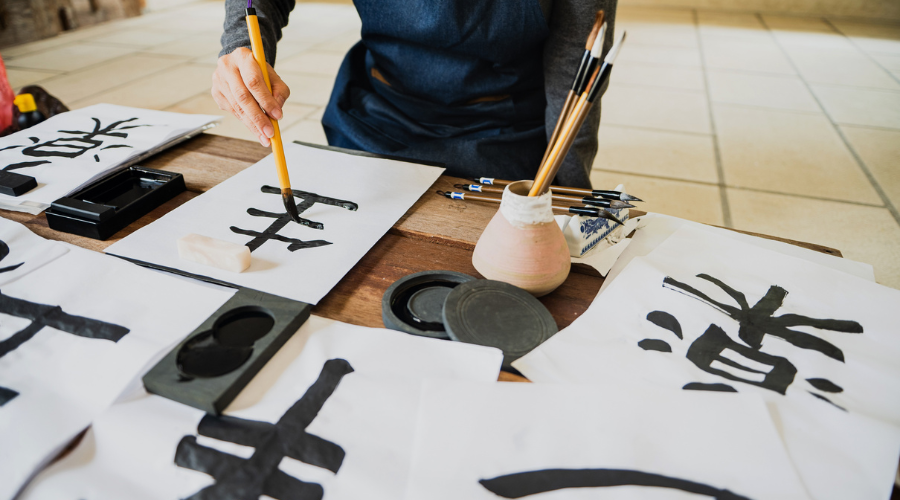
Kanji
Japanese Name
かんじ
kanji
Description
- Kanji are logographic characters used in the Japanese writing system.
- Each kanji represents a meaning (idea or object) and often has multiple readings.
- They are combined with hiragana and katakana to write modern Japanese.
- Kanji can represent whole words or parts of words, like roots or stems.
- Common examples include 山 (yama = mountain), 水 (mizu = water), and 学 (gaku = study).
- There are thousands of kanji, but about 2,000 are used in daily life.
- Kanji are used in names, signs, literature, and official documents.
- They add depth and nuance to written Japanese compared to phonetic writing alone.
History
- Kanji originated in China over 3,000 years ago during the Shang Dynasty.
- They were introduced to Japan via Korea around the 4th to 5th century CE.
- Early Japanese had no writing system, so kanji became the foundation.
- Initially, they were used for official records and Buddhist texts.
- Over time, Japan adapted kanji to fit the Japanese language structure.
- This led to native readings (kun’yomi) and Chinese readings (on’yomi).
- The kana systems (hiragana and katakana) later developed from simplified kanji.
- Today, kanji remain a central part of Japanese literacy and cultural identity.
Learn more Japanese words?
Play our free typing game and master Hiragana & Vocabulary in a Zen atmosphere. 🍵
🎮 Play Game